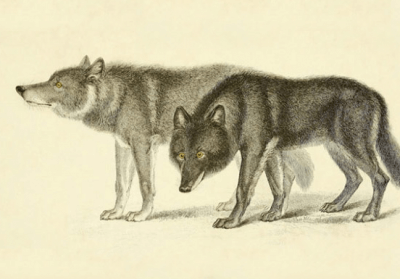Semyonova, A, Aggressive Dog Breeds: Document nr. 3; Backward Reasoning, Crooked Logic, Sudden Denial — i.e., Human Pathologies, The Carriage House Foundation, Baltimore, November 2006.
For hundreds of years, dog breeders have proudly trumpeted the heritability of the distinguishing traits of their particular breeds. They still do. Breeders are often – rightly – so convinced of the heritability of desired traits that they give money-back guarantees to the buyers of puppies. Until recently, many did the same for the buyers of dogs bred for fighting and aggressive guarding purposes (and also still do, where the goal is dog fighting). Many web sites proudly recited a breed’s history, including an explanation of how heightened aggression was achieved in the breed. The sites often included proud statements about the dogs’ deadliness, warnings about keeping them from other dogs and children, or proud warnings that the dogs would not accept strangers – all aimed at an audience that was not seeking a house pet, but a working dog bred specifically for the task of maiming and killing. However, as these breeds became more and more popular as house pets, and as fatal attacks on humans began to be a serious social problem, people began to be less honest. This document includes examples of some of the rather strange human behavior that has ensued.
Sudden denial of abnormality
Biologists, behavioral scientists, educated dog trainers, all widely acknowledge that one of the distinguishing traits of the domestic dog as a species is its capacity to solve conflicts with purely ritual aggression. This is an established fact. It is also an established fact that a normal domestic dog will cease all the ritual aggression at the sight of a certain signal from the other dog. In other words, purely ritual aggression is the standard of normal behavior in dogs when they are solving conflicts (Donaldson 1996, Semyonova 2003). Normally speaking, a dog will do all it can to avoid a real aggressive encounter even when it is frightened (ibid). All parties acknowledge that a normal dog will signal its intent to lash out, making every effort to give the other a chance to avoid a confrontation…


